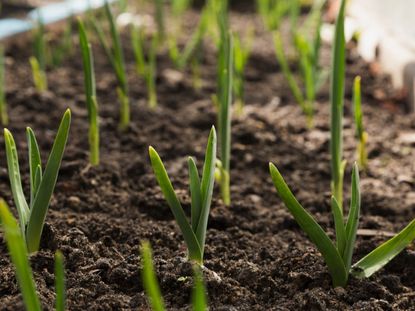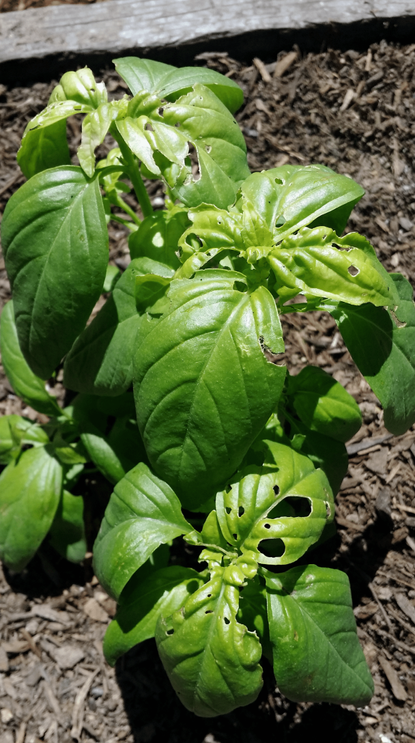Herbs
Whether just starting out, looking for growing info, or need help identifying edible herbs, you’ve come to the right place. There are a number of herbs that can be grown in the garden—some for medicinal reasons, some for aesthetic reasons, and others being common herbs you can eat, cook with or use in teas. Learning how to grow herbs is easy, and with the right know how, identifying edible herbs will become second nature. So whatever the reason, we can help with all your herb growing needs.
Herbs
-
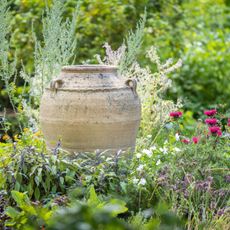
Front Yard Herb Garden Ideas To Spice Up Your Landscape
Use your imagination and plant a lovely front yard herb garden. You’ll love the convenience, the fragrance and the beauty, and pollinators will appreciate it.
By Amy Grant
-
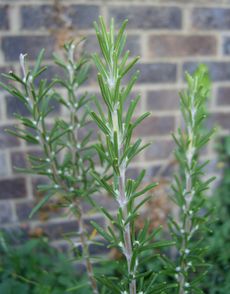
Rosemary, A Complete Plant Care And Growing Guide
The deliciously aromatic rosemary plant is a staple in some homes. Learn how to grow rosemary for a fresh accent in your favorite dish.
By Nikki Tilley
-
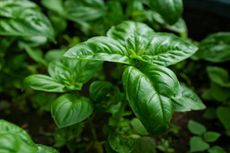
Basil Temperature Tolerance - What Temperature Is Too Cold?
We love this herb, but basil’s temperature tolerance isn’t strong. It dislikes the cold and doesn’t like too much heat. The lack of basil’s cold tolerance is challenging, but worth it.
By Amy Grant
-
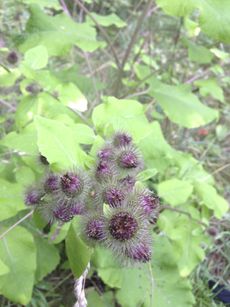
Burdock Management & Tips For Controlling Common Burdock Weeds
Burdock is an invasive herbaceous weed with a long, taproot that may invade your lawn or garden. Mow it before it flowers and dig up the entire taproot.
By Mary H. Dyer
-
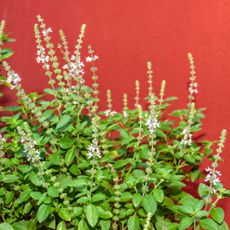
Basil Flowers: To Pinch Or Not To Pinch?
Basil flowers are delightful in salads and for tea, but plucking them also benefits the growth and aroma of the green leaves that are so tasty in cooking.
By Amy Grant
-
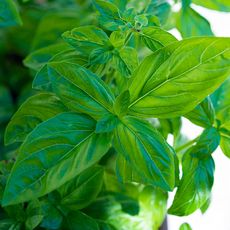
I’m hoping to replicate the year I had a blue ribbon, not grown on steroids, bumper crop of basil in containers. I was just a newbie then. Here’s my story.
By Amy Grant
-
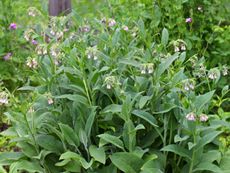
Common Comfrey: Plant Care And Characteristics
The comfrey plant, or symphytum officinale is an old-fashioned perennial herb used in the garden to attract pollinators and as a liquified fertilizer. It has pretty flowers and makes a nice poultice for soothing wounds, but is generally considered poisonous if ingested.
By Amy Grant
-
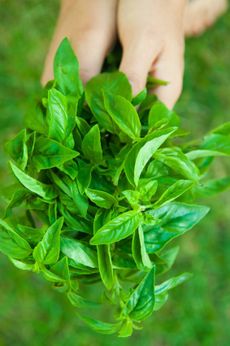
What To Do With Basil In Winter: End Of Season Care
Garden-grown basil in winter usually dies all the way back. Learn how to care for and preserve basil at the end of the season so you can enjoy it through the winter.
By Amy Grant
-
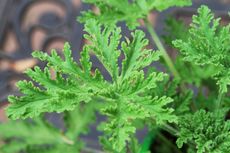
How To Care For Citronella Mosquito Plants
While we may consider citronella plant for mosquitoes a common garden plant, we’re probably thinking of citronella geranium, a delicately scented geranium that may or may not repel insects, and can be grown in the garden or as a houseplant.
By Nikki Tilley
-
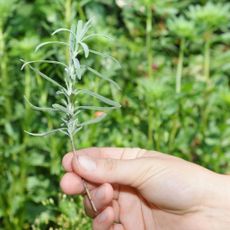
How To Propagate Lavender: A Complete How-To Guide
Lavender's a great favorite of herb growers. Learning how to propagate lavender lets you fill your garden with even more of these beautiful, fragrant plants.
By Jackie Carroll
-
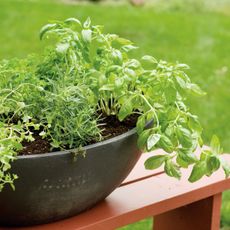
Best Herbs To Plant Together In One Pot
Planting herbs together in one container is a beautiful way to have the herbs you need at your fingertips, but be sure the ones you choose are compatible with one another.
By Amy Grant
-
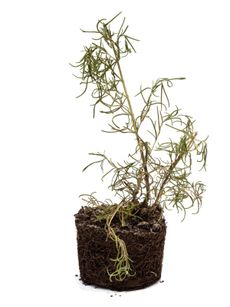
Why Is My Rosemary Turning Brown? How To Fix It
Who doesn’t love this herb? When planted rosemary is turning brown, herb lovers and plant parents often panic. Learn how to fix it.
By Amy Grant
-
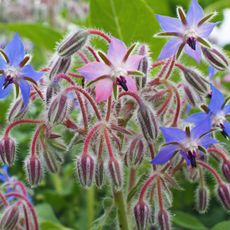
Planting Borage: Ultimate Growing Guide For Sublime Starflowers
With its bright blue, bee-friendly flowers, the starflower is a versatile annual herb. Our expert guide to planting borage shows you how to make more of this edible beauty
By Bonnie L. Grant
-
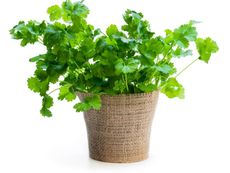
How To Grow Cilantro Indoors: Complete Care & Growing Guide
Learning how to grow cilantro indoors will keep this delightfully tasty herb at your fingertips in the kitchen.
By Mary Ellen Ellis
-
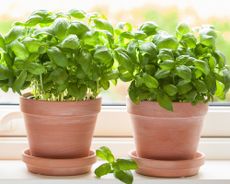
How To Grow Basil Indoors – For Fresh Year-Round Flavor
While basil is a commonly grown herb outdoors, this easy-care plant can also be grown indoors. Read the article that follows to get tips and information on how to grow basil indoors.
By Nikki Tilley
-
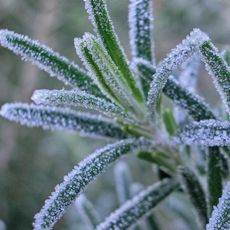
Hardy Winter Herbs: Cold-Hardy Herbs For Outdoors
A cold climate herb garden may take a serious hit from frost and snow. Luckily, there are plenty of herbs that can withstand the cold, as well as ways to protect those that can't. This article will help with tips on caring for herbs in cool climates.
By Liz Baessler
-
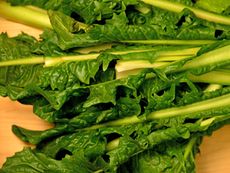
Puntarelle Chicory: Complete Guide To Growing Puntarelle
If chicories are at the bitter end of the salad spectrum, puntarelle chicory is the most beautifully biting of the lot. Here's how to grow your own.
By Amy Grant
